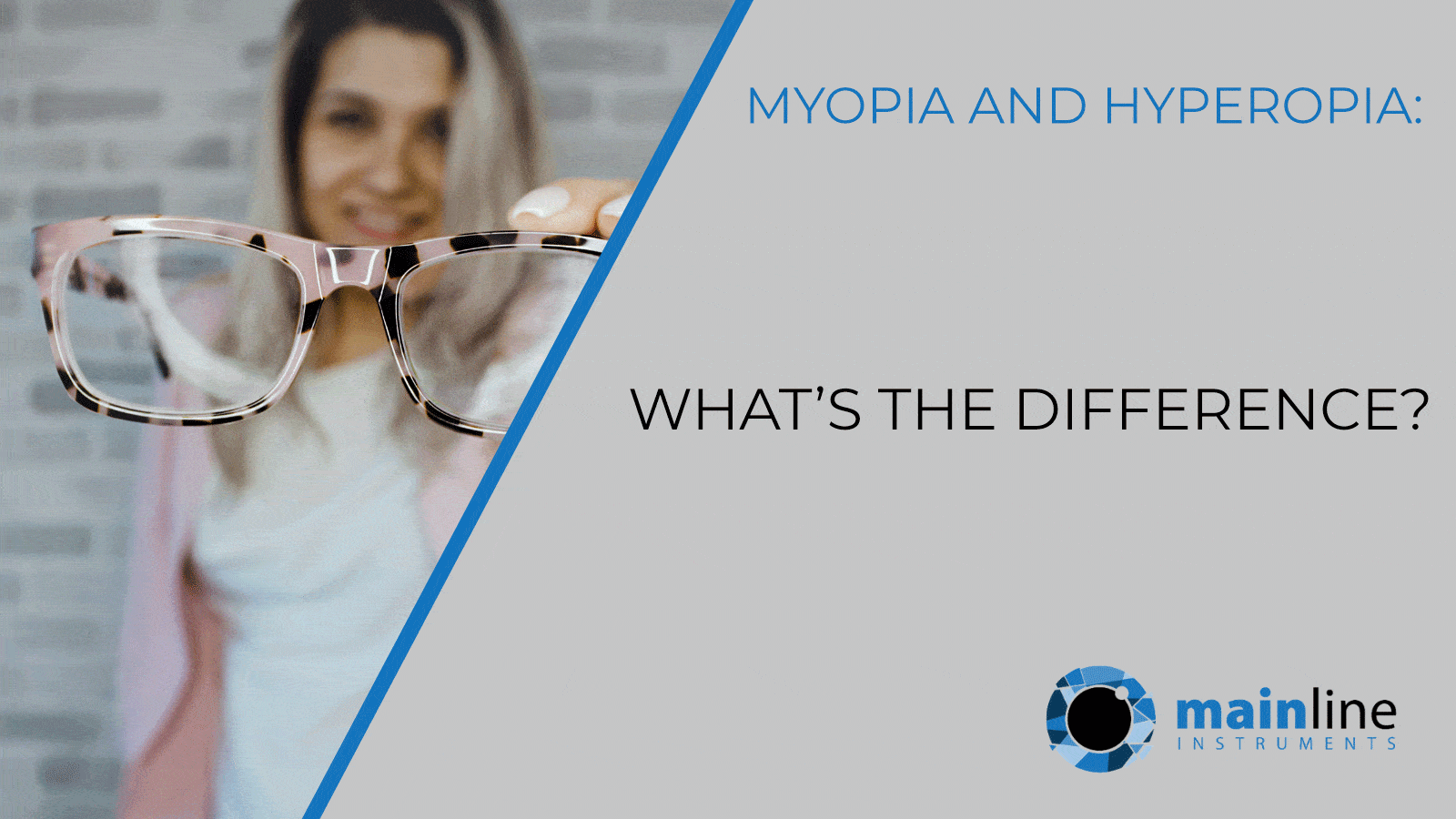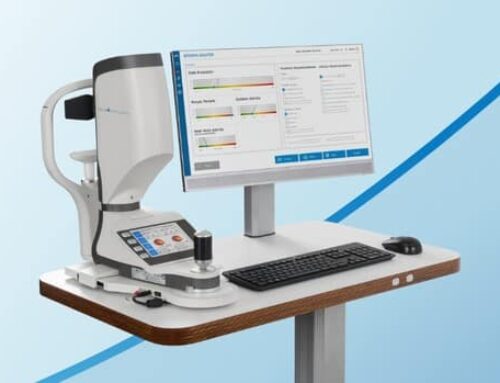What is myopia?
Myopia is better known as short-sightedness or nearsightedness[1]. It’s a very common condition that causes viewers to see objects in the distance blurred, but objects close to them clearly.
It can range from mild myopia, where treatment may not be required, to severe, where vision is significantly affected and needs to be treated. A common symptom of untreated myopia is the need to squint!
Myopia occurs when the eye is slightly too large and this causes light rays to bend and refract incorrectly. The eye is only able to focus images in front of your retina instead of on your retina.
How is it treated?
Myopia can be easily detected and diagnosed in a routine eye exam. Your eyes should be tested every 2 years at the opticians. Myopia is usually treated with glasses or contact lenses. The optician will prescribe what level the lens should be. The lens powers on an eyeglass prescription for myopia always begin with a minus sign. The higher the power number of the lens, the more myopia it corrects. For example a -3.5 lens is stronger than a -1.5 lens. Laser procedures and surgery can also help correct severe cases of myopia.
What is Hyperopia?
Hyperopia is better known as long-sightedness or farsightedness[2]. This common vision condition causes viewers to see distant objects clearly, but objects nearby as blurry, for example when reading or using a mobile phone.
The degree of farsightedness influences focusing ability and can vary from very mild to severe. Farsightedness usually is present at birth and tends to run in families.
Its caused by the eyeball being too short or the cornea of the eye being too flat, instead of spherically shaped.
How is it treated?
Hyperopia can again be easily detected and diagnosed in a routine eye exam using a refractor and keratometer. Hyperopia is most commonly treated by glasses or contact lenses. The optician will prescribe what level the lens should be. The lens powers on an eyeglass prescription for hyperopia always begin with a plus sign. The higher the power number of the lens, the more hyperopia it corrects. For example a +3.5 lens is stronger than a +1.5 lens. Laser procedures and surgery can also help correct severe cases of hyperopia if necessary.
You can see our full range of refractors and keratometers here.
References:
[1] https://www.nhs.uk/conditions/short-sightedness/
[2] https://www.mayoclinic.org/diseases-conditions/farsightedness/symptoms-causes/syc-20372495







